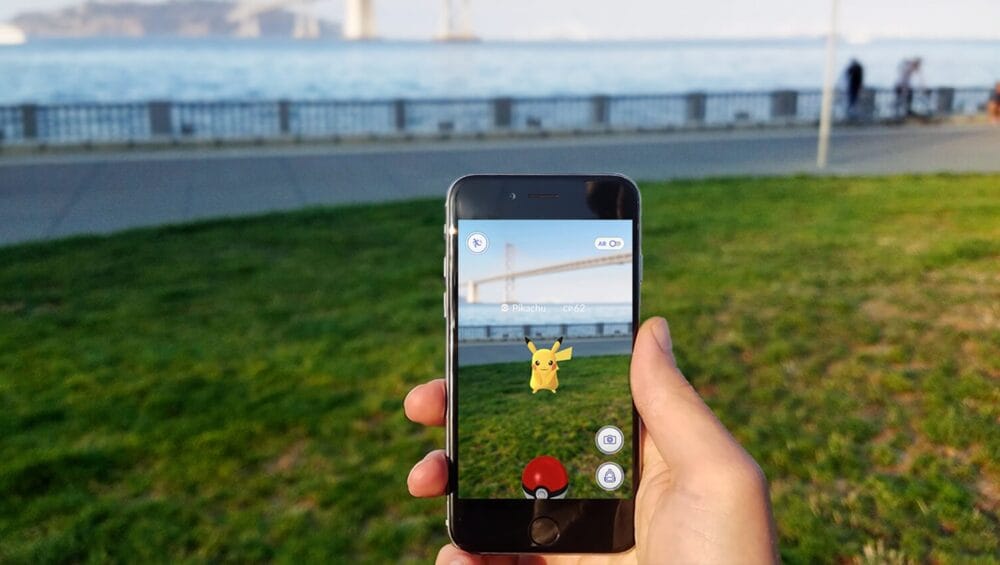Contents
What is an Augmented Reality?
What is virtual reality, Definition and types?
What’s the Difference Between Augmented and Virtual Reality?
10 Amazing Examples of Augmented Reality and Virtual Reality.
10 Business Applications of Augmented Reality and Virtual Reality.
A deep study in augmented reality How does it work.
How can I explain augmented reality in non-technical terms? It’s hard, to sum up, something as complicated as AR in just a few words, but here goes nothing: Augmented reality, or AR, creates an overlay of computer graphics on top of the real world by using your camera and phone’s processing power to create interactive images that look like they’re part of the real world.
The definition of AR
While virtual reality (VR) immerses users in a completely computer-generated world, augmented reality (AR) overlays digital images on top of what we see in everyday life. AR technology aims to make it easier for us to interact with our environment by seamlessly integrating what’s real and what’s not.
In daily life
The development of augmented reality technology today has made it possible to combine elements of virtual reality and reality.
History of AR
While some would argue that using CGI (computer-generated imagery) in film and television was an early form of augmented reality, these early efforts are closer to virtual reality. The term augmented reality dates back to 1990 with Boeing researcher Tom Caudell’s idea for heads-up displays for aeroplane pilots; however, it wasn’t until 2002 that significant advances in technology allowed companies like Google and Microsoft to explore A.R. as we know it today.
The main applications of AR are in mobile gaming and entertainment, travel, real estate, industry and retail.
To experience AR, you need an AR app. An AR app overlays virtual content on top of real-world surroundings through your device’s camera and screen. Think Pokémon Go and Snapchat filters—and you’ll have a pretty good idea of what augmented reality is all about. You can also create your content for use in AR applications, or just explore what others have made.
Apple’s ARkit
In September 2017, Apple announced their ARkit, which provides developers with all of the tools they need to create A.R. apps. What Is ARKit? Apple’s Augmented Reality Tool.
Pokemon Go
You’ve probably heard about Pokemon Go by now. It’s an augmented reality app that uses your smartphone camera to overlay virtual monsters in your real world
Google Glass
If you haven’t heard of Google Glass, it’s a virtual reality headset that you wear like regular glasses. People can see what you see through your point of view. When someone asks What is augmented reality?, they are usually referring to technology like Google Glass. The term A.R. was coined in 1990 by Thomas Caudell and Bert Keely at Boeing who used it to describe a computer-generated overlay of data on top of real-world objects. They believed that computers would one day be able to project information about an object onto its surface or surroundings using technology such as video cameras and
LCD screens.
Snap Spectacles
The Spectacles use A.R. to overlay things like directions and information about nearby landmarks on top of your view of what’s in front of you. The glasses also record videos, which can be uploaded to Snapchat’s website for sharing with friends. (Augmented reality)






